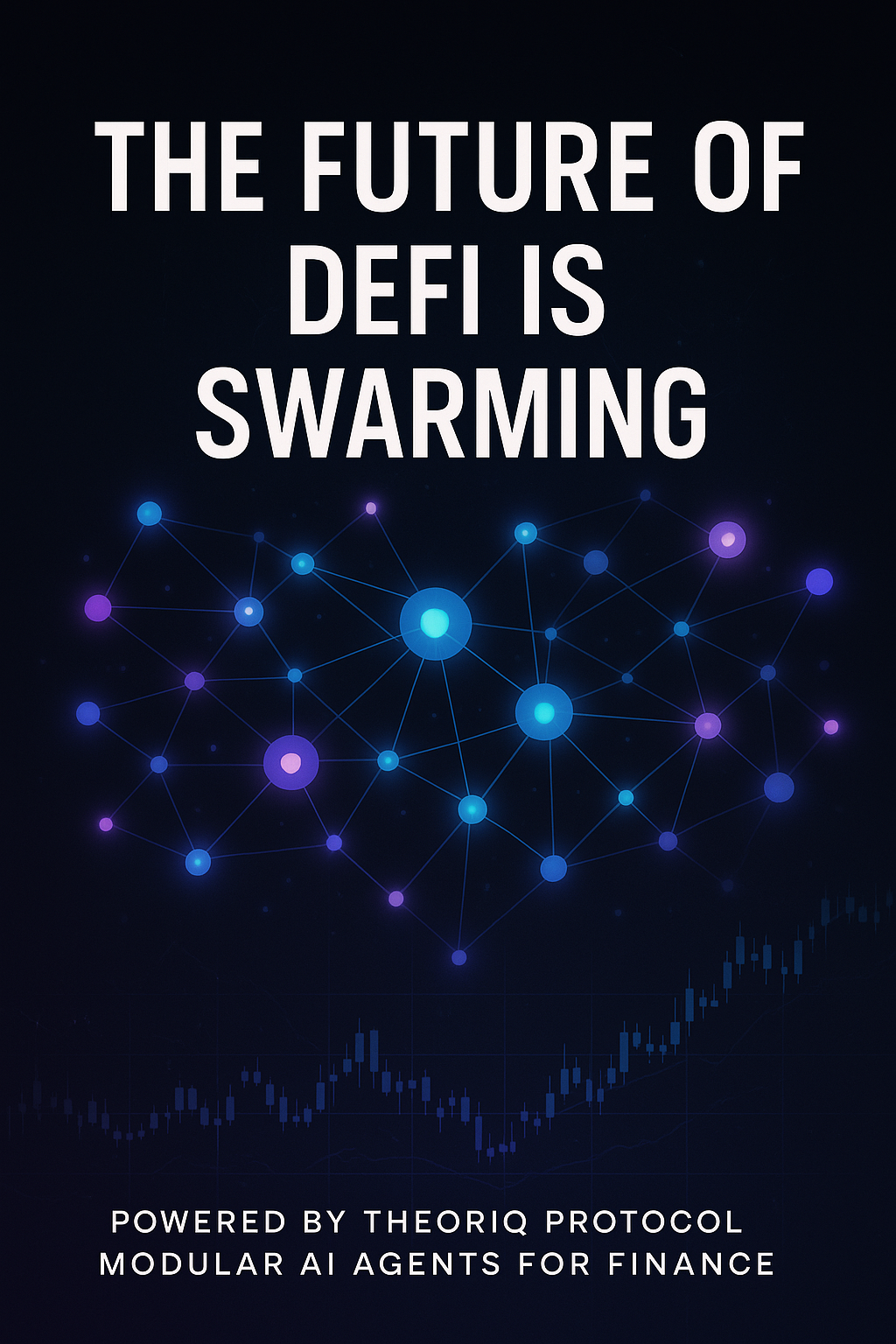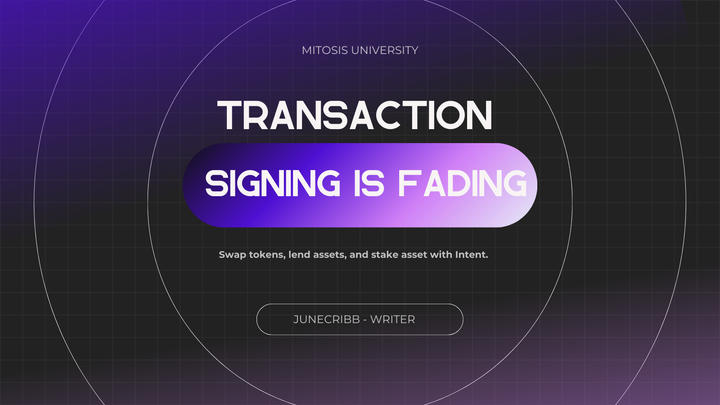Theoriq: Building Cross-Chain Liquidity Infrastructure for the Modular Future

Theoriq is a cross chain liquidity coordination layer enabling programmable, modular liquidity flows across multiple chains. It introduces a unified liquidity layer, combining restaking, yield optimization, and smart contract programmability. By integrating with protocols like Mitosis, Theoriq helps redefine how capital moves across decentralized ecosystems.
Introduction
As the modular blockchain thesis gains traction, cross-chain liquidity has become both a necessity and a challenge. Fragmented liquidity, inefficient capital deployment, and siloed staking opportunities reduce composability and yield potential.
Theoriq addresses this by introducing a programmable liquidity framework that connects various DeFi applications, chains, and validator sets. Its goal? To orchestrate capital in a way that is secure, composable, and yield-optimized.
What is Theoriq?
At its core, Theoriq is a modular protocol built to coordinate liquidity across EVM-compatible chains. It allows protocols and users to create and manage vaults that can:
- Move liquidity across chains based on programmable strategies
- Restake assets into validator networks
- Optimize yield by adapting to real-time market signals
Theoriq’s mission aligns with Mitosis’s focus on creating interoperable, decentralized, and modular liquidity systems.
Key Features
Cross-Chain Liquidity Movement
Theoriq enables frictionless movement of liquidity between chains like Ethereum, Arbitrum, Optimism, and others. This enhances capital efficiency and supports a more unified liquidity experience.
Programmable Liquidity
Developers can encode logic into vaults to determine how and when liquidity should rebalance across chains. This “if-this-then-that” automation enables smart, reactive liquidity flows.
Liquid Restaking
Theoriq allows LP tokens or staked assets to be restaked into validator networks, unlocking an additional layer of yield while helping secure underlying networks, similar to Mitosis’s liquid restaking model.
Modular Infrastructure
Following the modular blockchain architecture, Theoriq separates liquidity management from execution and consensus, making it more adaptable and interoperable with protocols like Mitosis Matrix Vaults.
Integration with Mitosis
Theoriq can plug directly into Mitosis’s modular architecture, using:
- Matrix Vaults for capital aggregation
- Cross-chain messaging layers for interoperability
- ERC-20/1155 standards for token compatibility
This enhances liquidity composability across Mitosis supported chains and applications.
Security & Risk Considerations
Like any cross chain or DeFi protocol, Theoriq is exposed to several risks:
- Bridge vulnerabilities or oracle misbehavior
- Smart contract exploits in vault logic
- Restaking risks such as slashing or validator downtime
These are mitigated through modular design, open source audits, and governance layers to oversee protocol changes.
Conclusion
Theoriq represents the next leap in DeFi infrastructure. By blending programmable liquidity, cross-chain composability, and restaking yields, it delivers a system where capital works harder, faster, and smarter.
As protocols like Mitosis continue to evolve the modular blockchain stack, Theoriq will be instrumental in making liquidity a programmable and interoperable resource across the decentralized web.
Internal Links:
- Mitosis University Glossary – for terms like Programmable Liquidity, Modular Blockchain, and Liquid Restaking
- What is Modular Blockchain?
- Mitosis Matrix Vaults Explained



Comments ()